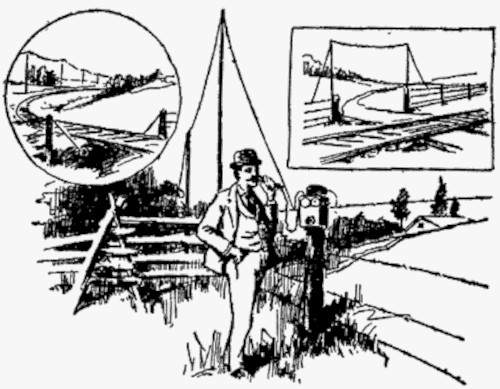
At the turn of the 20th century, rural cooperative associations found a way to install telephone networks without erecting poles: They simply connected their wires to the existing pasture fences.
“Fifteen or twenty farmers in Clay Township, Cass County, are enjoying the privileges of first-class telephone service without the annoyance of a monthly collector thrusting a bill for rental under their noses,” reported the Washington Post in 1903. “Their homes are connected by a system of wires, and the novelty of the plan lies in the fact that the barbed wire fences are utilized as a conveyor of neighborhood gossip. Just who conceived the idea that these strands of wire that for years had served only one purpose could be made to do a double duty is not known.”
Maude Smith Galloway and her husband arrived in Texas in 1906. “We talked to a few close neighbors over a telephone hooked to a barbed wire fence when we came to Llano,” she said, “and now we have the dial system and can talk to any of the rural districts in the country.”
Historian David B. Sicilia wrote, “Barbed wire unwittingly became part of the nation’s budding telephone network. What kept crops and animals apart helped bring people together.”
(Alan Krell, The Devil’s Rope, 2002.)
